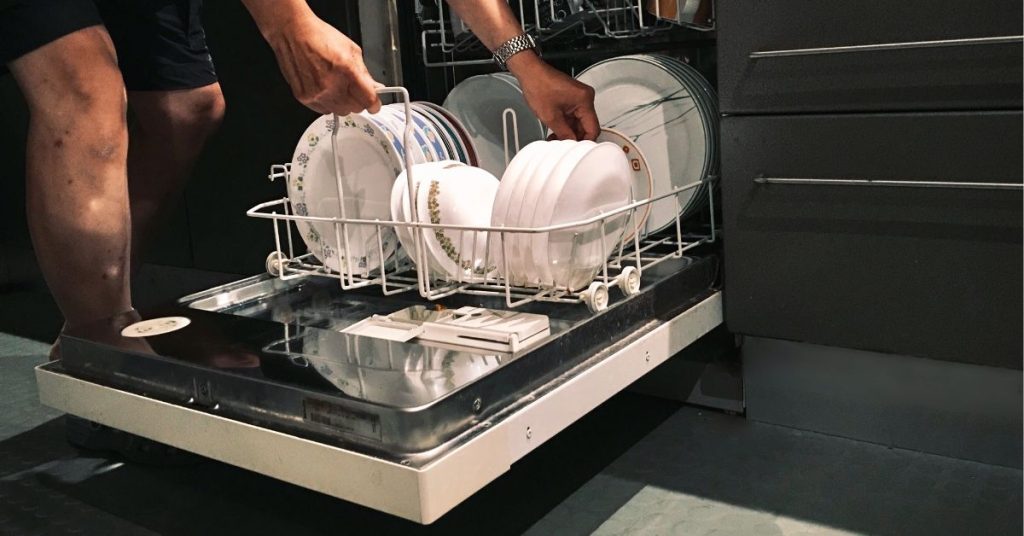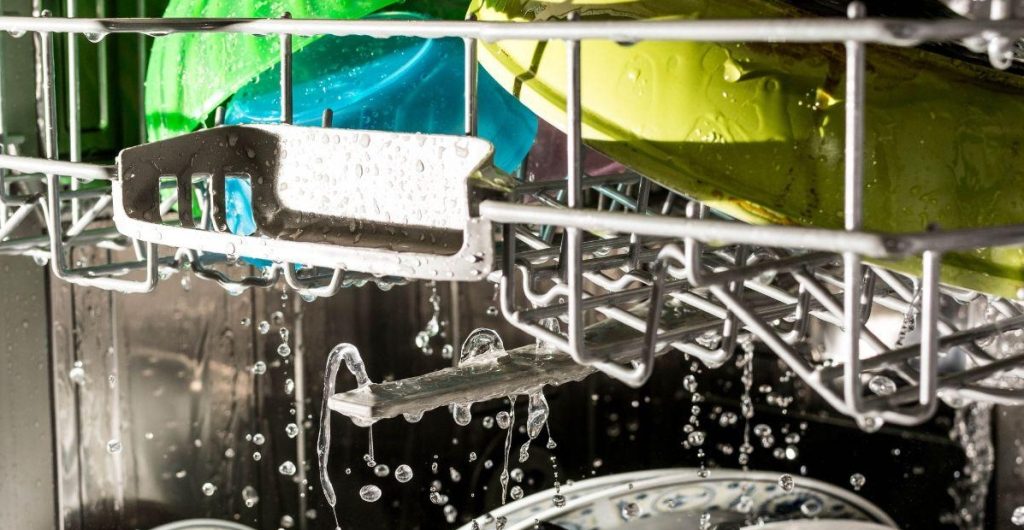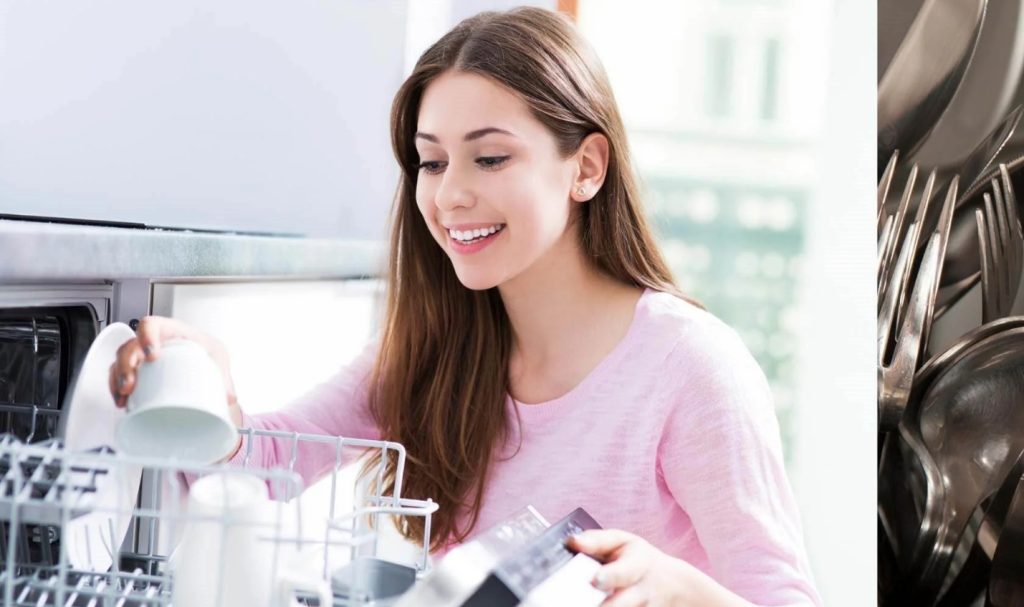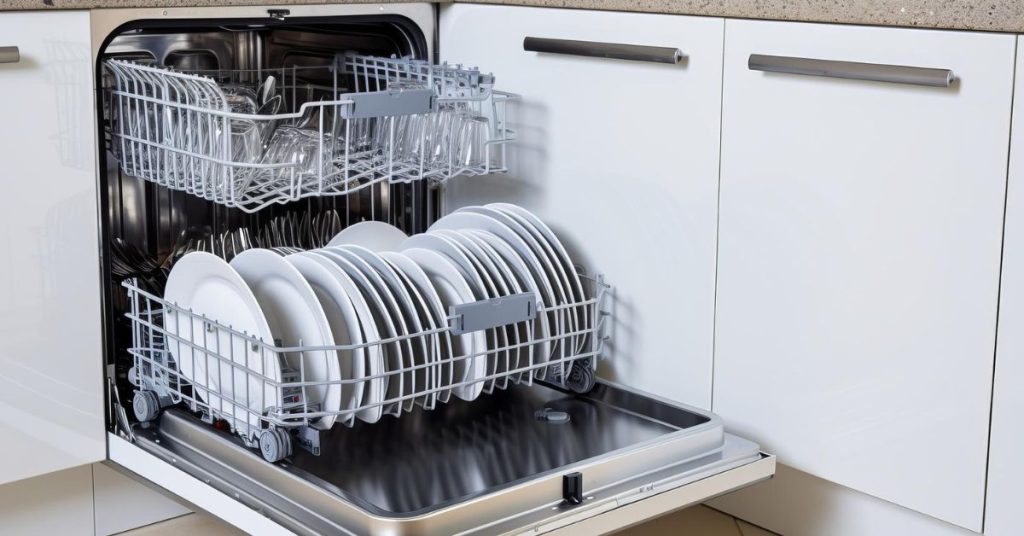Determining the right amount of dishwasher detergent to use can feel like a bit of a mystery, but it’s a critical step to ensuring your dishes come out sparkling clean without wasting product or harming your machine. Too little detergent, and you’re left with dirty dishes; too much, and you risk residue or even damage to your dishwasher.
Understanding How Much Detergent You Need
Knowing how much dishwasher detergent to use is key to achieving clean and spot-free dishes. By following the manufacturer’s guidelines and taking into account factors like water hardness and dishwasher type, you can ensure that you’re using the right amount of detergent for your needs. The first and most important rule of thumb is to follow the manufacturer’s guidelines. This information can typically be found on the packaging of your dishwasher detergent or on the manufacturer’s website. As mentioned earlier, if you have hard water, you may need to use more detergent to get the job done effectively. Most dishwasher detergent manufacturers provide guidelines for how much detergent to use based on your water hardness level. Your dishwasher type can also affect how much detergent you need. Some high-end dishwashers have sensors that detect how dirty your dishes are and adjust the amount of detergent needed accordingly. If you have a dishwasher like this, you may be able to use less detergent. [((Dishwasher USA))]
For a general starting point, KitchenAid, a luxury home appliance brand, suggests most dishwasher models require between 2 teaspoons and 3 tablespoons of detergent. This depends greatly on the soil level of your dishes, your water hardness level, and the type of detergent you are using. Most manufacturers provide guidelines in the appliance owner’s manual, often in a table that lists the amount of detergent needed for various water hardness levels and load soil requirements. It’s also worth noting that if you pre-wash all your dishes, you might struggle to get them clean—dishwasher detergents need some grime to activate effectively. [((KitchenAid))]
Factors That Affect Detergent Amount
Before diving into how much dishwasher detergent to use, it’s important to understand the factors that affect the amount of detergent needed for effective dishwashing. Water hardness refers to the amount of minerals present in your water, particularly calcium and magnesium. These minerals can interfere with the effectiveness of your dishwasher detergent, making it harder to get your dishes clean. If you live in an area with hard water, you may need to use more detergent to compensate for the presence of minerals in the water.
Your dishwasher type can also affect how much detergent you need. Modern dishwashers are designed to be as energy and water efficient as possible, so they use far less water than older models. If you’ve recently upgraded from an old machine, you’re likely to have experienced some issues if you’ve not adjusted your detergent levels accordingly. For instance, while you may need to tackle a tough load with a Pots & Pans cycle requiring more detergent, most dishes won’t need such intensive conditions—a lower temperature, faster wash calls for less detergent. [((Universal Appliance and Kitchen Center))]
Consumer Reports adds another layer: the soil level of your dishes matters. For single-dose packs and tabs, it’s straightforward—one per wash. But with liquid or powder, adjust based on the mess. For lightly soiled loads, less is fine; for greasy, stuck-on messes, you might need more. Overdoing it, though? That just wastes detergent and can leave a residue on your dishware—or worse, clog your machine. [((Consumer Reports))]
Guidelines by Detergent Type
Pods or Tablets
Dishwasher detergent pods, also referred to as tablets, are a relatively modern type of detergent that often comes at a higher price. Dishwasher pods offer convenience and ease of use as they come in single-dose pouches wrapped in dissolvable plastic that breaks open during the wash cycle. If you have a Whirlpool® dishwasher, it is recommended to wash your dishes using a high-quality detergent tablet or pod for convenience and improved performance. Whirlpool brand recommends using high-quality detergent tablets in Whirlpool® dishwashers for optimal performance. Some pod manufacturers recommend additional pods for heavily soiled loads—always consult the detergent’s packaging for proper use instructions. [((Whirlpool))]
Powder
Powder dishwasher detergent is often the lowest-priced option, making it budget-friendly. It’s usually formulated to avoid leaving spots and streaks on dishes, so it may be the best choice if you frequently wash clear glass. The detergent quantity needed for most dishwasher models typically ranges from 2 teaspoons to 3 tablespoons. Follow the recommended measurements for your dishwasher powder based on the load type and size—using too little or too much can drastically affect cleaning performance. Ensure the water temperature is hot enough (ideally 50–60°C) to dissolve the powder completely, as it doesn’t dissolve well in cold water. [((Finish Arabia))]
Liquid or Gel
Liquid dishwasher detergent is tried and true and can often be found in grocery stores at a mid-level price point. Liquid detergent is easy to use, and you can customize how much you use for each load of dishes, helping reduce waste. However, it’s important to avoid using less than a tablespoon of detergent or overfilling the detergent dispenser. Always consult the instructions on your detergent’s package for proper usage. For example, Maytag advises never using less than one tablespoon per load, especially with heavy soil or hard water, which generally require extra detergent. [((Maytag Product Help))]
Practical Tips for Optimal Use
Loading your dishwasher correctly can also make a big difference in how effective the dishwasher is at cleaning your dishes. Make sure to place your dishes in the appropriate spots and avoid overcrowding to allow water and detergent to reach all surfaces. Rinse aids can help to prevent water spots and improve the overall cleanliness of your dishes—they work by reducing the surface tension of the water, allowing it to spread out more evenly and dry more quickly. Over time, your dishwasher can accumulate food particles, grease, and other residue that can interfere with its effectiveness. Using a dishwasher cleaner regularly can help to remove these deposits and keep your dishwasher running smoothly.
Here are some common mistakes to avoid: using too much detergent (it won’t make dishes cleaner and wastes product), failing to adjust for water hardness, and overloading the machine, which blocks water flow. By avoiding these pitfalls, you can ensure your detergent works as intended. [((Dishwasher USA))]
Consumer Reports offers an extra tip: if you want your dishes to come out clean, load them properly—cups and bowls face down, big items to the sides and back so smaller ones aren’t blocked. And don’t rely on the dispenser’s max line as your guide; it’s often more than you need. For powder or liquid, a shot glass (about 1½ ounces) can help measure precisely. [((Consumer Reports))]
Beyond the Dishwasher: Other Uses
Dishwasher detergent is a powerful cleaning agent that can be used in a variety of ways beyond its primary purpose of washing dishes in an automatic dishwasher. To make an easy cleaning solution, simply combine 1/2 cup of dishwasher detergent powder with 2 gallons of hot water, mix well, and pour the solution into spray bottles. Spray onto a clean cloth and wipe off the area that needs cleaning rather than spraying the area directly. Rinse the area well with warm water, then dry with a clean, soft rag. This homemade cleaner can be used on vinyl floors, painted surfaces, glass items, and household appliances.
It’s also an effective laundry detergent booster—mix a half cup of powder or one pod with one-quarter cup of chlorine bleach and one gallon of hot water, soak garments for 15 minutes, then run them through a regular wash cycle. Caution: avoid using bleach on delicate or colored items. For bathroom stains, drop a pod into the toilet bowl, let it sit, then scrub, or make a paste with powder for tub rings. [((Tru Earth))]
FAQs
Q: How much detergent should I use if I have hard water?
A: If you live in an area with hard water, you may need to use more detergent to compensate for the presence of minerals in the water. Most dishwasher detergent manufacturers provide guidelines for how much detergent to use based on your water hardness level—check the packaging or your owner’s manual for specifics.
Q: Can I use too much dishwasher detergent?
A: Yes, using too much dishwasher detergent won’t make dishes cleaner and can leave a residue on your dishware or clog your appliance. Stick to the recommended amount—typically 2 teaspoons to 3 tablespoons for powder or liquid, or one pod per load.
Q: Do I need to adjust detergent for a modern dishwasher?
A: Modern dishwashers use less water than older models, so you might need less detergent than you’re used to. Check your appliance manual, and if it has soil sensors, you could use even less.
Q: What if my detergent isn’t dissolving?
A: Possible reasons include low water temperature or clogged spray arms. Ensure the water is hot enough (50–60°C) to dissolve powder fully, and check your dishwasher’s spray arms for blockages.
Q: Can I use dishwasher detergent for hand-washing dishes?
A: No, dishwasher detergent doesn’t produce suds like dish soap and isn’t designed for hand-washing. Use it only in a dishwasher unless repurposing for other cleaning tasks as noted above.







